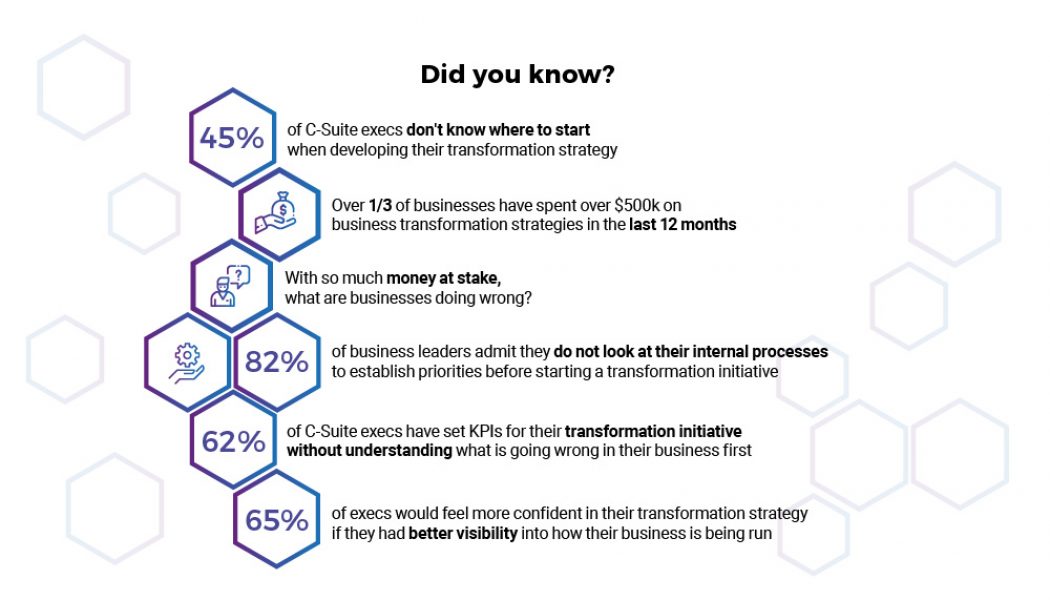The heads of medium to large organisations have a very specific and all-embracing role to play. Peter Drucker, modern business futurist, said it best in 2004: “The CEO is the link between the Inside that is ‘the organisation,’ and the Outside of society, economy, technology, markets, and customers.”
It’s a wide-angle lens role that is bestowed on CEOs while everyone else in the organisation applies a much narrower focus in one direction, for the most part, according to the Harvard Business Review.
In a medium to large organisation, the CEO does not get involved with the day-to-day operations of the organisation. This is a responsibility shared (among others) by the Chief Operating Officer (COO), the Chief Financial Officer (CFO) the Chief Information Officer (CIO) and the Chief Technology Officer (CTO).
The CIO as a focused enabler of business growth
CIOs are facing unprecedented challenges to improve business outcomes, transform business models, modernise technology and enhance customer experience. In the era where privacy matters, the focus applied by today’s CIO is ideally placed to now zoom in on the protection of personal data.
In terms of the POPIA, the CIO’s job description in terms of legal responsibilities should include the following day-to-day responsibilities:
- ensuring the organisation puts practical frameworks in place to lawfully store and process personal information under the provisions of POPIA;
- seeking legal counsel or liaising with the organisation’s compliance officers regarding implementation of the framework;
- facilitating communication with the Information Regulator relating to POPIA matters, e.g., in the case of a data breach investigation or when the organisation needs to act on public data requests; and
- having a good working understanding of data privacy legislation, such as the POPIA and GDPR.
Practically, the following job descriptions are fundamental for an organisation to thrive in an age where privacy matters:
- Align digital strategy development with organisational or enterprise goals. The CIO should act as the translator of the organisational and business strategy into a digital roadmap to give full effect to organisational goals and privacy legislation requirements. The CIO’s focus should ideally be more organisational, and less ‘tech’ as is commonly assumed.
- Translate leadership to implementation by way of change management. Create awareness among employees, IT and security teams by educating them on the place protection of information holds in the organisation.
- Project the ability to lead a project management team or effectively project manage various ongoing change, digital transformation, security or data privacy initiatives across the organisation.
In a world where change – such as legislation affecting organisations on a systemic level – happens quickly, we need the vision of the CEO to remain uncluttered and allow them the opportunity to make tough decisions. The CEO’s focus on the wider purpose will help organisations thrive.
The role of the CIO should be to strategically, operationally and practically transporting the organisation there via a digital highway – the only road that will lead thriving organisations to where they need to be, ahead. A visionary boardroom understands this difference.
By Francois Kriel, Director at Kriel & Co









